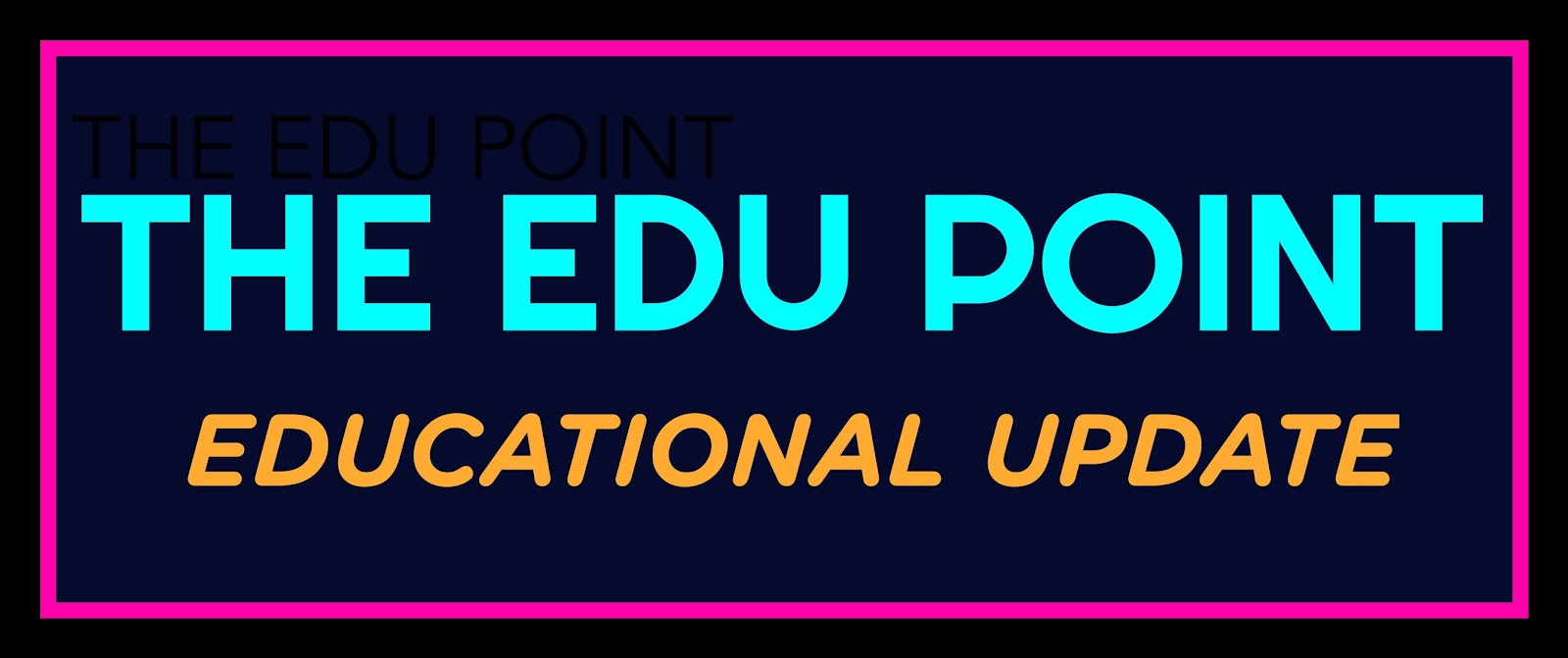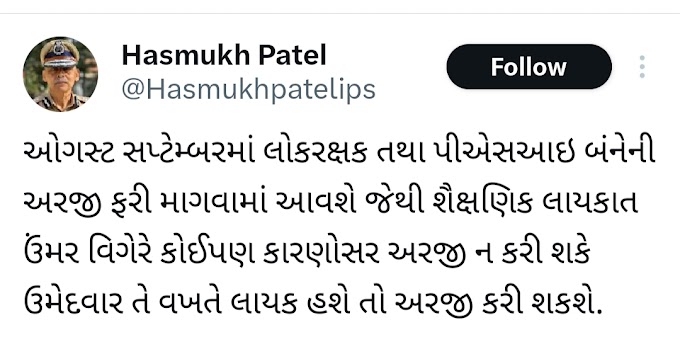SHIKSHAK PARVA KARYKRAM DATE 5-9-2020 TO 24-9-2020 SUDHI SHIKSHAKO E TALIM MA JODAVVA BABAT
NATIONAL EDUCATION POLICY 2020
SHIKSHAK PARVA RASTRIY SHIKSHAN NITI 2020 BABAT
DATE 5-9-2020 TALIM MUDDA
The National Education Policy 2020 (NEP 2020), which was approved by the Union Cabinet of India on 29 July 2020, outlines the vision of India's new education system.
The new policy replaces the previous National Policy on Education, 1986
The policy is a comprehensive framework for elementary education to higher education as well as vocational training in both rural and urban India. The policy aims to transform India's education system by 2040.
The NEP naturally brings about a sea of changes in the system of higher education as well, aiming to improve it with the goal of “creation of greater opportunities for individual employment.”A goal of the NEP is also to increase the Gross Enrolment Ratio in higher education, including vocational education from 26.3 percent as of 2018 to 50 percent by 2035.One of the main aims of NEP is to overhaul the fragmented nature of India’s existing higher education system and instead bring together higher education institutions (HEIs) into large multidisciplinary universities, colleges, and HEI clusters/knowledge hubs. The policy states that over time, single-stream HEIs will be phased out over time.One change that the NEP brings about is that the undergraduate degree will be of either a three or four-year duration, with multiple exit options within this period, with appropriate certifications for those dropping out at a certain point in the course. HEIs will also be able to offer masters courses of different designs, based on the undergraduate degree of the student.
Reforms in the Higher Education SystemThe NEP naturally brings about a sea of changes in the system of higher education as well, aiming to improve it with the goal of “creation of greater opportunities for individual employment.”A goal of the NEP is also to increase the Gross Enrolment Ratio in higher education, including vocational education from 26.3 percent as of 2018 to 50 percent by 2035.One of the main aims of NEP is to overhaul the fragmented nature of India’s existing higher education system and instead bring together higher education institutions (HEIs) into large multidisciplinary universities, colleges, and HEI clusters/knowledge hubs. The policy states that over time, single-stream HEIs will be phased out over time.One change that the NEP brings about is that the undergraduate degree will be of either a three or four-year duration, with multiple exit options within this period, with appropriate certifications for those dropping out at a certain point in the course. HEIs will also be able to offer masters courses of different designs, based on the undergraduate degree of the student.Additionally, the MPhil programme has been discontinued by the NEP 2020.Interestingly, in keeping with the multidisciplinary approach to education, a new system that the NEP is seeking to implement is an “Academic Bank of Credit (ABC)”, which will be able to digitally store academic credits earned from various recognised HEIs. This will allow degrees from an HEI to be awarded taking into account credits earned.For now, while the NEP states that a system of granting graded autonomy based on accreditation will be adopted for colleges, eventually, the aim is to transform them into an autonomous degree-granting college, or a constituent college of a university.A change has also been been to the regulatory system, with the National Higher Education Regulatory Council (NHERC) set to function as one single regulator for the higher education sector, including teacher education, but excluding medical and legal education.Also Read‘Harvard Coming to India Inconceivable’: Ashish Dhawan on NEP 2020
Indian International Professor and Member, International Research Advisory Commission appreciated the current initiative of end to end transformation of Indian education system but expressed his concerns about the implementation with care and honesty. Prior to this policy draft, Sharma advised the inclusion of critical thinking from the school level to higher education level and advised to align with the modernized, localized, and globalized technology-enabled transformations in the educational systems of developing countries like India. He advised involving professionals from different disciplines, like industry, research, and sometimes social or spiritual disciplines who can help in the educational transformation process during the implementation phase. Sharma introduced a four-dimensional model for alleviating the current challenges faced by educational institutions and industries of India. The model he suggested states that the industries can be involved in the admission process, to evaluate the students’ knowledge, interest, hobby, and aptitude ‘then and there’ to sponsor for vocational education with prospective scholarships. He clearly stated that " India needs to think, analyze, diagnose, synthesize, and design the educational delivery frameworks, as per the industry trends, patterns, and needs". DP Sharma advocated the technology-enabled education delivery system frameworks as an alternative to make the education transformation a mega-success. He said that project-oriented research and research-oriented project should be included in education system for futuristic innovations
SHIKSHAK PARVA RASTRIY SHIKSHAN NITI 2020 BABAT
SHIKSHAK PARVA KARYKRAM DATE 5-9-2020 TO 24-9-2020 SUDHI SHIKSHAKO E TALIM MA JODAVVA BABAT
NATIONAL EDUCATION POLICY 2020
SHIKSHAK PARVA RASTRIY SHIKSHAN NITI 2020 BABAT
DATE 5 -9-2020 TALIM MUDDA



